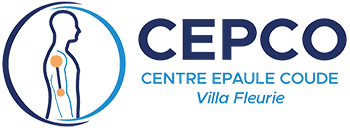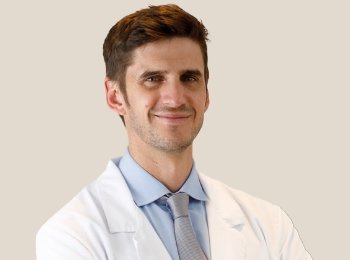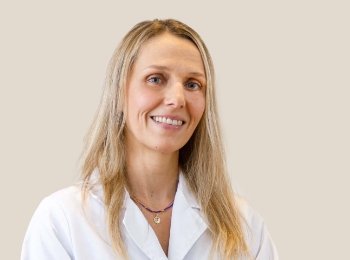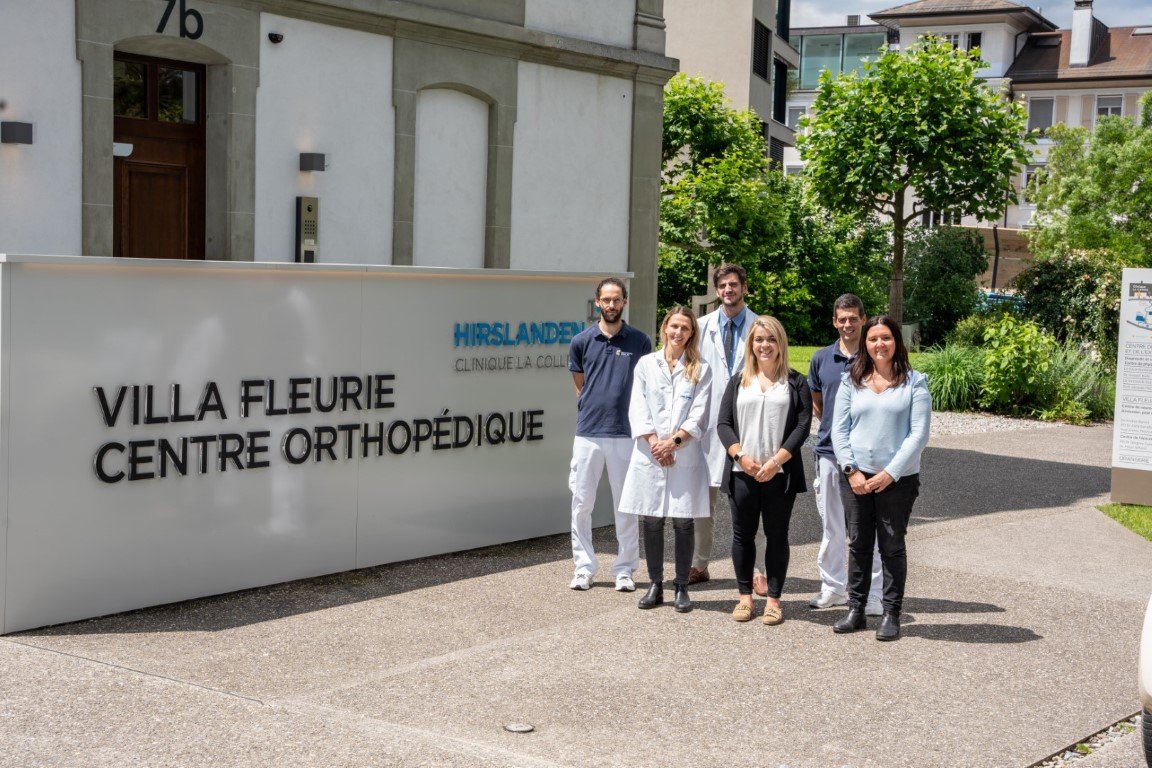Publication: Int Orthop. 2013 Jun;37(6):1093-8. doi: 10.1007/s00264-013-1848-y. Epub 2013 Mar 13.
Co-authors: Lädermann A, Lubbeke A, Stern R, Cunningham G, Bellotti V, Gazielly DF.
Abstract:
Purpose: The purpose of this study was to analyse the long-term incidence of dislocation arthropathy after a modified Latarjet procedure for glenohumeral instability.
Methods: Long-term follow-up information was obtained from a consecutive series of patients who had undergone a modified Latarjet procedure by one surgeon between 1986 and 1999. Multivariable regression analysis was performed to examine the relation between the development of a dislocation arthropathy and patients and surgery-related factors.
Results: There were 117 patients (117 shoulders) for evaluation, (35 women and 82 men) with a mean age 28.4 ± 8.5 (range, 16-55). The mean follow-up was 16.2 years (range, ten to 22.2 years). Signs of dislocation arthropathy were found in 36 % of patients, graded as Samilson 1 in 30 %, Samilson 2 in 3 %, and 3 % Samilson 3 in 3 % of patients. Risk factors for dislocation arthropathy included surgery in patients older than 40 years of age (64.3 vs. 34.4 %; adjusted RR 2.2, 95 % CI 1.7-2.9) and lateral positioning of the transferred coracoid process in relation to the glenoid rim (82.4 vs. 30.4 %; adjusted RR 2.3, 95 % CI 1.7-3.2). Patients with hyperlaxity developed less dislocation arthropathy (15 vs. 42.5 %; adjusted RR 0.4, 95 % CI 0.1-0.95).
Conclusion: The development of dislocation arthropathy after the Latarjet procedure remains a source of concern in the long term. It correlates with surgery after the age of 40 and lateral coracoid transfer in relation to the glenoid rim. On the other hand, hyperlaxity seems to have a protective effect on the development of dislocation arthropathy.




